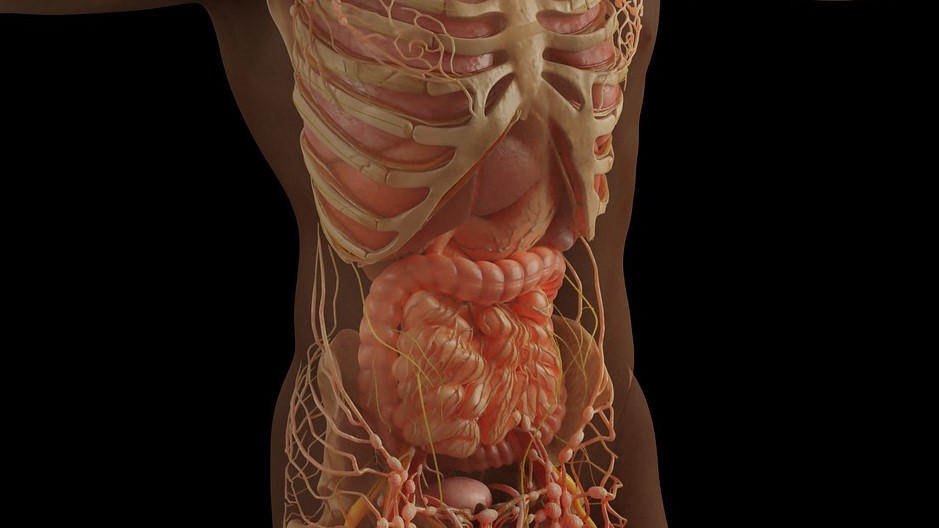
Although SARS-CoV-2 infections mainly attack the lungs, in many cases they can also damage other organs, such as the colon: around 60% of patients experienced digestive tract impacts. A study published in the International Journal of Molecular Sciences analysed the manifestations of COVID in the lungs and colon, identifying the differences at a molecular level.
Their findings serve as the basis for the identification of novel biomarkers and the development of new treatment strategies.
The University of Vienna scientific team, led by Diana Mechtcheriakova, studied the singularities and commonalities in the impact of COVID on the lungs and other organs. Using complex dataset analyses, the researchers recognised that a different molecular mechanism is at work in pulmonary and gastrointestinal manifestations. While SARS-CoV-2 infections of the lungs evoke classic immune system responses, in the gastrointestinal tract they evoke responses related to liver and lipid metabolism.
The fact that SARS-CoV-2 infections not only manifest in the lungs but frequently also manifest in other organs, such as the heart, kidneys, skin or gut, can be attributed to the particular structure of the virus. During the course of COVID, up to 60% of patients experience gastrointestinal symptoms, which may be associated with a longer duration of disease and/or a worse outcome. The results of this study will add to our understanding of the organ- and tissue-specific molecular processes triggered by SARS-CoV-2.
“Our findings can advance the identification of new biomarkers and treatment strategies for COVID, taking account of the specific responses in manifestations outside the lung,” said Diana Mechtcheriakova, Head of the Molecular Systems Biology and Pathophysiology Research Group at MedUni Vienna, holding out the prospect of promising follow-up studies.
Source: Medical University of Vienna

